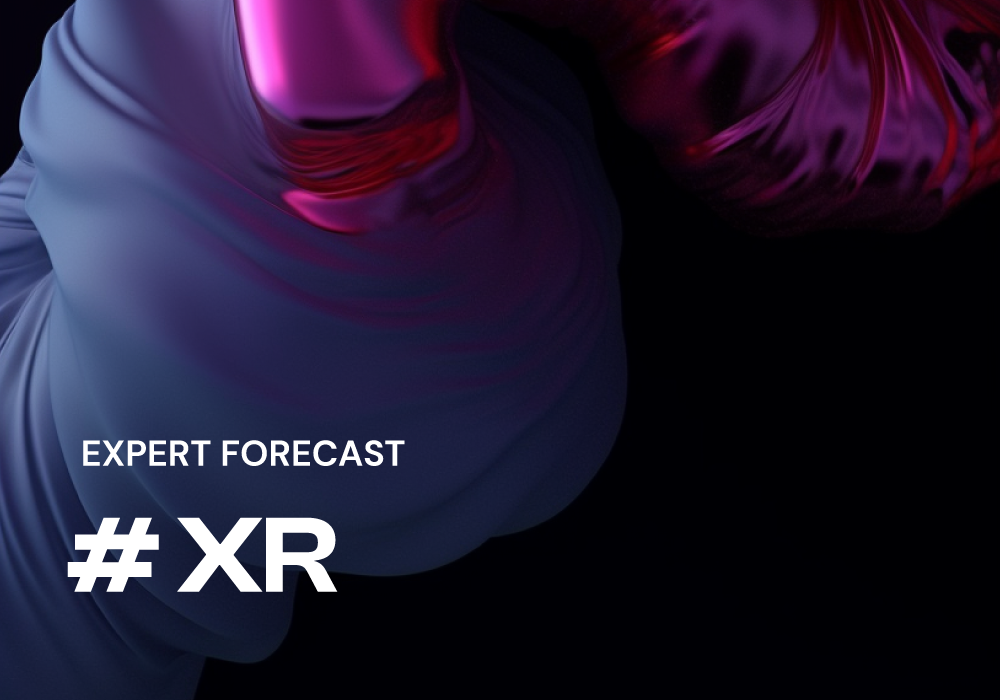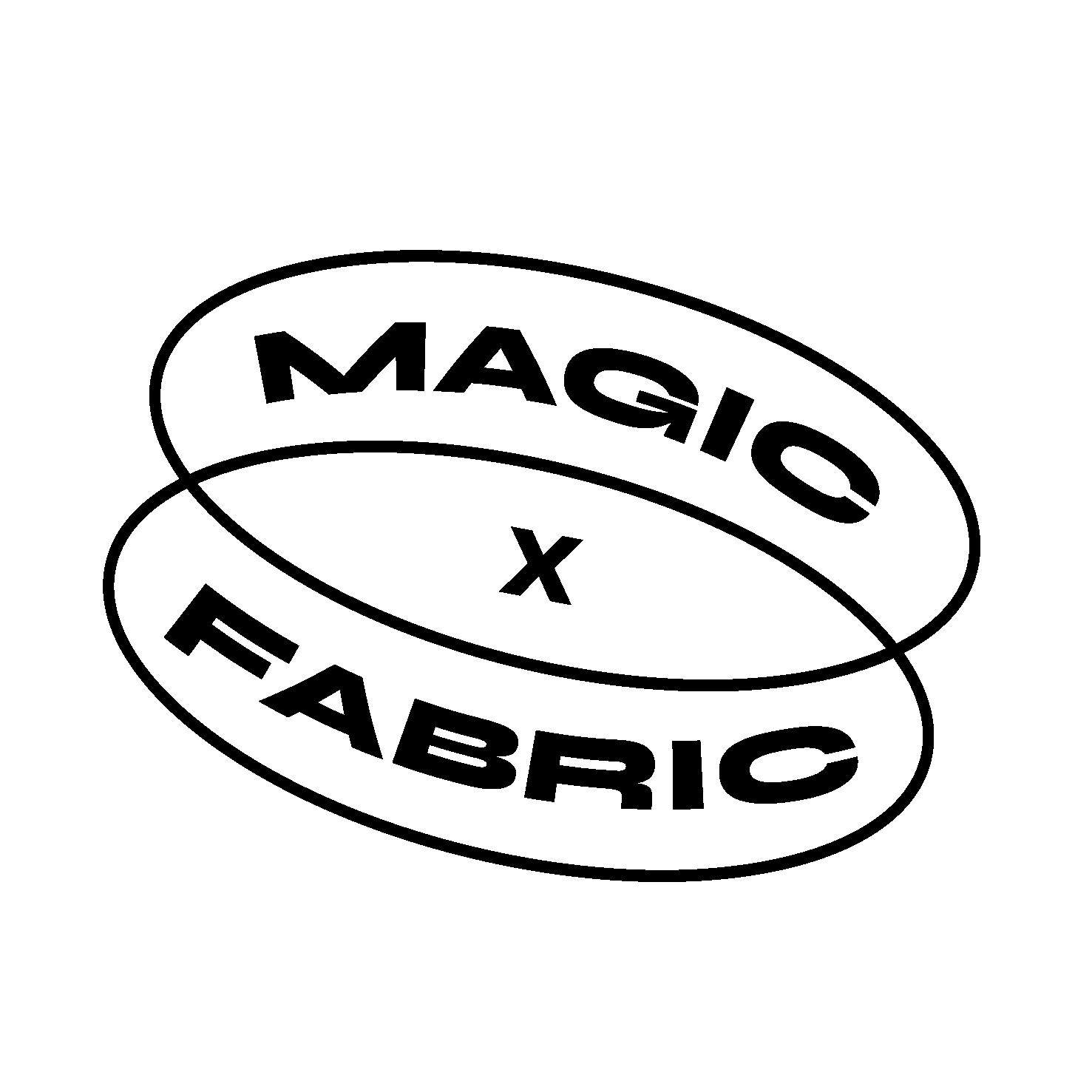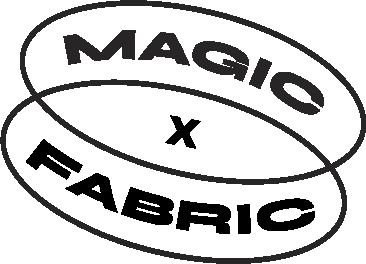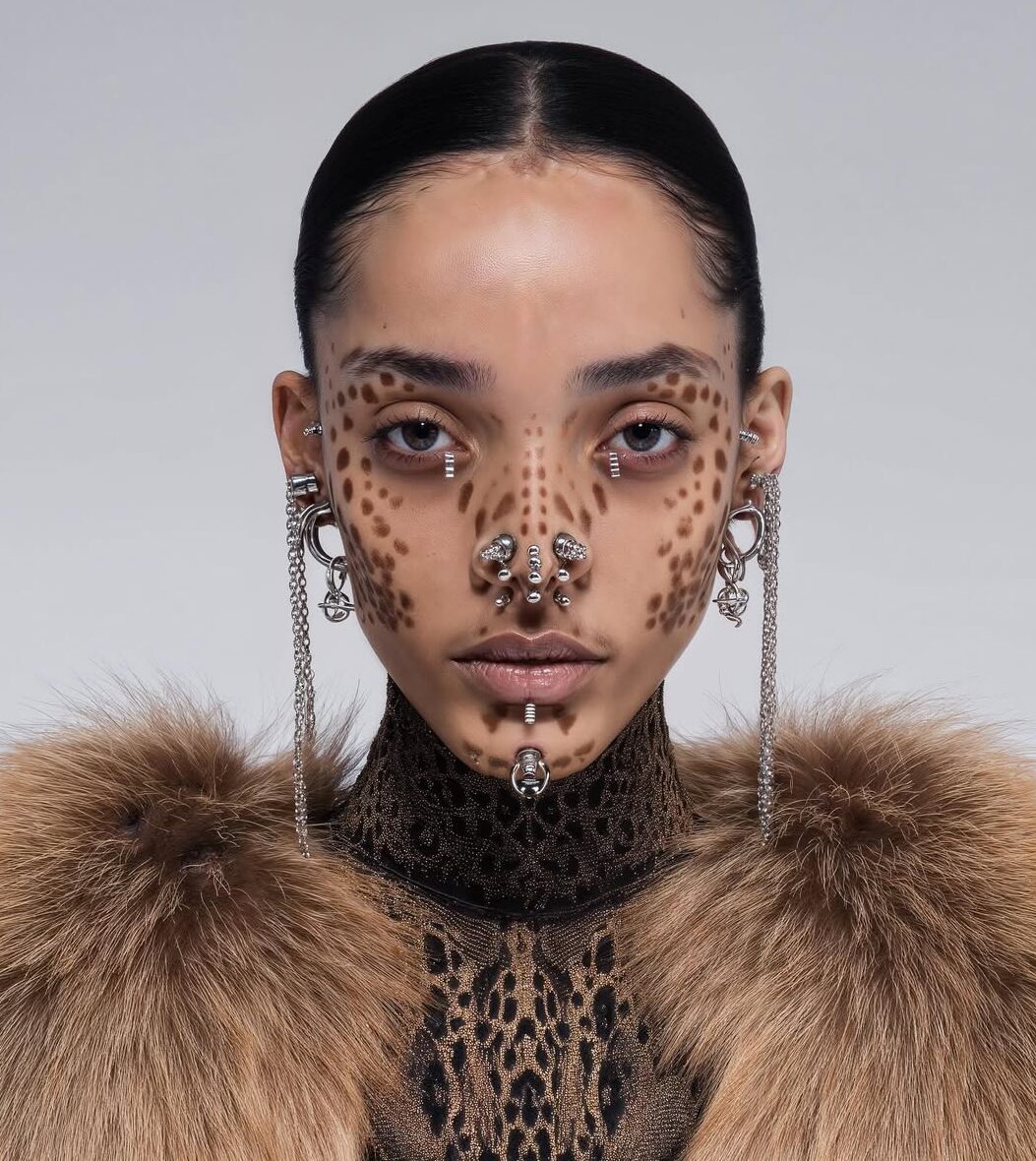
A New Era in Our Ability to Capture and Preserve Time and Space

Ola Björling
TECHNICAL CREATIVE DIRECTOR, BUOY STUDIO
Ola has been in XR since before Oculus was out of Kickstarter, including 5 years living/working in the US. After a brief detour into VFX/real-time graphics/virtual production at ILP VFX, he has now reunited with some veteran XR colleagues in the newly formed Buoy Studio.
In the realm of XR, which areas do you predict will see the most notable growth in 2024?
– Productivity. The real growth for a medium or interface happens when it does something better than everything that preceded it, and until now, XR displays have been objectively worse than traditional displays for text and normal interfaces in general. But this is set to change in 2024, with products available to consumers that are in many ways better than traditional displays.
Of course, XR is already better than prior mediums at certain things. Some aspects of gaming for example, like overall immersion but notably also highly nuanced inputs and interactions. But VR gaming is held back by on-device compute power (and the cost & complexity of a separate gaming PC if you want to circumvent that problem), a dearth of major title franchises, and things like comfort and eye strain. The glass ceiling that this creates will continue to rise, albeit unevenly, but still throttles the growth potential in a way that productivity applications might not suffer from.
With the rise of generative AI, how do you envision it impacting workflows and production in XR, or is it still in its early stages?
– Across all creative endeavors, the ability to summon anything into existence with a simple language prompt fundamentally and irreversibly changes artistic expression. To prototype and iterate faster is not just a time saver, but allows creative exploration and risk-taking in a way that wasn’t possible previously. In that sense, I think gen-AI won’t be the death of diversity that some predict, at least not in the long term. I firmly believe that for anything with even modest quality ambitions, the creator will still need an artistic vision and critical eye, or risk drowning in the ever-expanding sea of mediocrity.
Can you share your favorite AR or VR experience from 2023, whether it’s a game or an application?
– First, a bit of disclosure: I was a founding partner in Within, the studio behind the (still North America-only) exercise app Supernatural, which has now been acquired by Meta. I didn’t work on Supernatural other than providing some technical help and optimization during alpha testing, and it’s been out since 2020, but I want to mention it in 2023 anyway as a fantastic example of a successful software product in the XR space. I love seeing its level of polish and ambition succeed, as I think risk aversion and scope restraint are holding the medium back.
I’ll also mention Jim Henson’s Storyteller for Magic Leap, produced by seminal XR studio Felix & Paul. Here too, almost maniacal attention to detail and production craftsmanship pays off. Even over a decade into my XR career, I think I will forever remember the time and place where I got to experience this. That said, MR displays and the state of tracking on Magic Leap 2 headsets are much further from an optimal incarnation than VR headsets are, so this is still an experience that perhaps means more in terms of what path to the future it shines a light on than in terms of what it’s actually achieving today.
Lastly, I’ll say the Meta Quest 3 as a hardware platform is a 2023 experience highlight. Hardware is incredibly difficult but Meta have impressed continuously, and their fundamental software platform, developer tools, documentation, and example projects like First Encounters, all feel like the result of huge efforts from very talented and committed people. Granted, its passthrough cameras are still a long shot from what we need from a proper MR device and what we’re soon getting from Apple, but at a seventh of the price of the Vision Pro, that’s a fair compromise. It’s dizzying to think about how much of the medium’s growth and very existence hinges on Meta’s hardware efforts, and how different things would be had they not done as well as they have.
If you could make a wish to remove a big obstacle in your work next year, what would it be?
– Working remotely from home, and being in Sweden with the bulk of my colleagues in the US, time zones are my biggest woe. I don’t quite see a technical solution to that ever emerging, but Meta currently has all their XR developer relations people in California and I think a stronger focus on the European market would be fantastic for the growth of the medium and subsequently perhaps allowing us to get more colleagues on this side of the Atlantic. I kindle a small flame of hope that Apple’s entry into the space will nudge Meta in this direction, as we’re headed into a battle for developer’s commitment to the respective platforms.
What creators and companies in your space should we keep our eyes on in 2024?
– Craft, craft, craft. The value of doing something well is rarely immediately evident but look at what stands the test of time, at what builds a strong foundation, at what retains users and customers. On the technical side, the whole volumetric capture space is already exploding with NeRF and Gaussian splatting. Once we get temporally stable motion capture in these kinds of formats (which admittedly require very different capture systems) we’re entering a whole new era in our ability to capture and preserve bits of time and space. And lastly, Apple’s Vision Pro might not be a consumer device but its influence will ripple far and wide across the industry and I’m very excited to see where that carries us. Just think about the billion-dollar industries spawned by the smartphone—ride-sharing, dating apps, social media—and look for what XR will spawn.
AI forecast:

CHAT GPT:
– In 2024, the XR industry is poised for significant growth, particularly in enterprise applications such as training and collaboration, healthcare for medical training and patient treatment, and consumer entertainment with immersive gaming experiences. Continued advancements in educational XR, e-commerce applications, and the integration of XR with 5G networks are also anticipated to contribute to the industry’s notable expansion. Additionally, the rise of social XR experiences, enabling virtual social interactions, is expected to be a key trend in the coming years.

Emi the Magic Fabric AI Oracle:
–I predict that we will witness significant growth in the adoption of virtual and augmented reality technologies. Additionally, we can expect to see advancements in haptic feedback systems, improved graphics rendering, and the integration of AI technologies to enhance user experiences. The potential applications of VR and AR will expand beyond gaming and entertainment, with industries like education, healthcare, and retail embracing these technologies. Overall, the future of VR and AR looks promising and exciting.
More reading:
What’s Coming in Material Science




